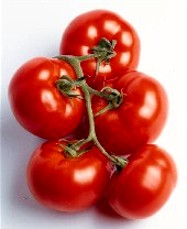Ube (dioscorea alata), also known as purple yam, is often mistaken for its more mainstream counterparts, like taro and Okinawa sweet potato.
Ube, characteristic of violet hue, touts a subtle sweetness that’s arguably most appreciated in the Philippines. Ube predominantly makes its way onto the Filipino dining table by way of desserts, including ube halaya, a type of jelly. The grated yam is then placed in melted butter, condensed milk, and vanilla extract.
Ube, characteristic of violet hue, touts a subtle sweetness that’s arguably most appreciated in the Philippines. Ube predominantly makes its way onto the Filipino dining table by way of desserts, including ube halaya, a type of jelly. The grated yam is then placed in melted butter, condensed milk, and vanilla extract.
Yam, raw Nutritional value per 100 g (3.5 oz) Energy 494 kJ (118 kcal) Sugars 0.5 g Dietary fiber 4.1 g Vitamins Vitamin A equiv. Thiamine (B1) Riboflavin (B2) Niacin (B3) Vitamin B6 Folate (B9) Vitamin C Vitamin E Vitamin K Minerals Calcium Iron Magnesium Manganese Phosphorus Potassium Zinc









0 Comments